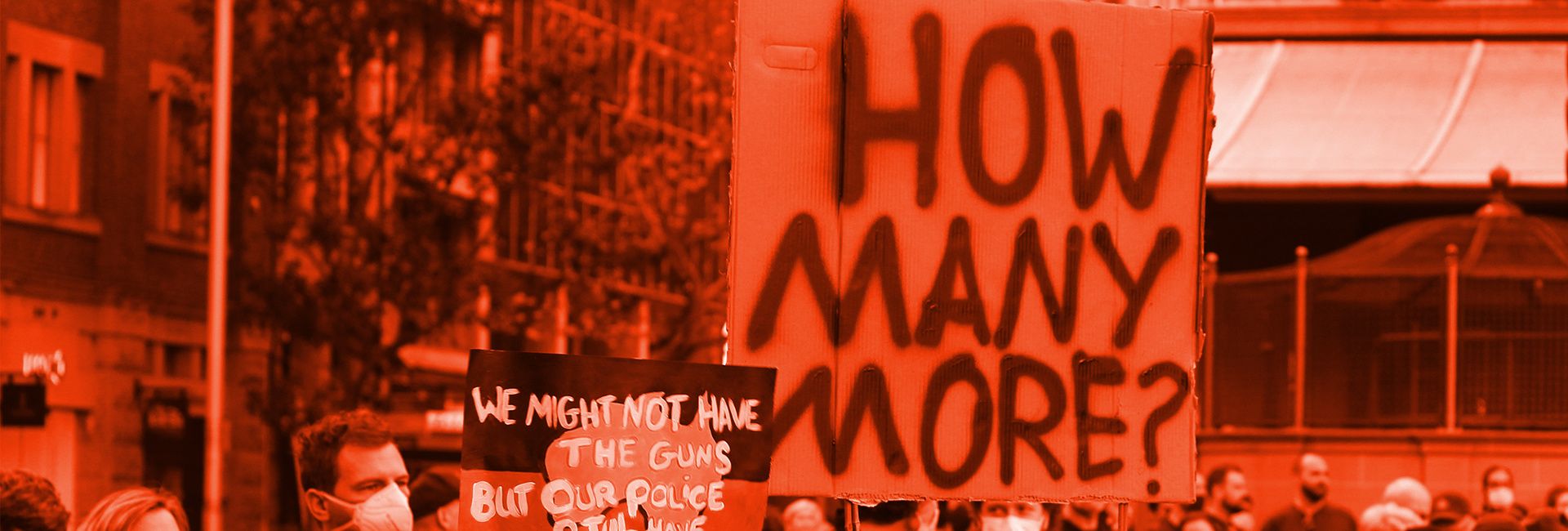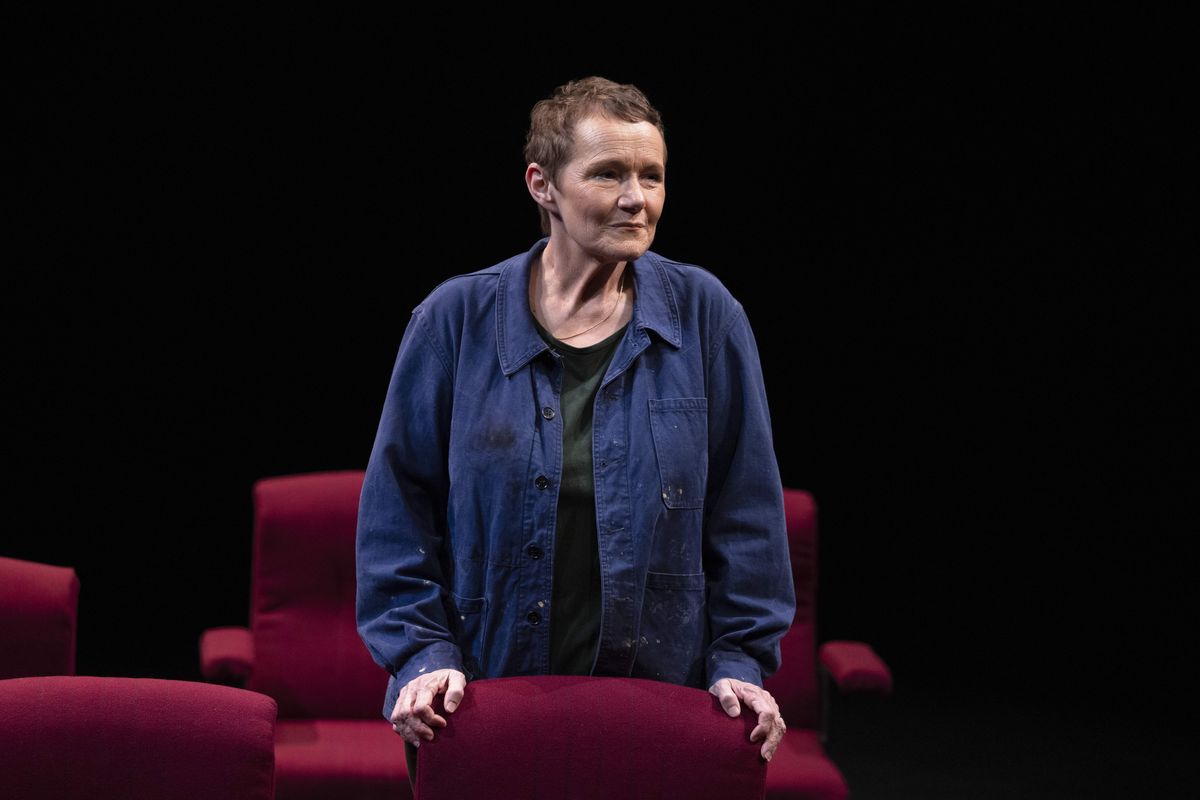Backgrounder
American George Floyd's death on May 25 sparked Black Lives Matter protests around the world. In Australia, people are marching in solidarity with people of colour in the United States but more significantly, expressing their anger at Indigenous experience and deaths in custody at home.
The deaths in custody issue is not new. In 1987, a royal commission was established to address growing concern over Indigenous deaths in custody. The major inquiry investigated Aboriginal incarceration and the circumstances of 99 deaths. It found Indigenous people were more likely to die in custody in part because they were arrested at a higher rate than the rest of the population.
The commission made 339 recommendations in 1991 that remain valid today. So, what is the situation nearly 30 years later?
How many deaths?
At least 437 Indigenous people have died in custody since the royal commission released its findings in April 1991, according to a Guardian analysis. Indigenous people are 10 times more likely to die in custody than non-Indigenous people.
"For too long – nice words, good intentions - but the lack of action and commitment has not seen a reduction to the… https://t.co/jvVREFR6It— Brett Mason (@Brett Mason) 1591775527.0
Disproportionately incarcerated
- Indigenous Australians make up 3.3 per cent of the population, but as of March 2020, represented 29.2 per cent of the average daily number of prisoners;
- The number of incarcerated Indigenous Australians has increased by 58 per cent since 2000;
- The incarceration rate of Aboriginal women has increased by 148 per cent since 1991;
- Indigenous youth are imprisoned at 22 times the rate of non-Indigenous youth;
- In 2019, every child in detention in the Northern Territory was Aboriginal.
Social challenges
- In 2018-19, 66 per cent of Indigenous Australians aged 20-24 had completed Year 12, compared with 88.8 per cent for all Australians.
- Indigenous prisoners are 1.5 times more likely to be unemployed in the 30 days prior to their arrest than non-Indigenous prisoners.
- It is estimated that at least 20 per cent of Indigenous children have one parent in prison at any given time.
- 73 per cent of Indigenous men and 86 per cent of Indigenous women in prison have diagnosed mental illnesses.
- Indigenous Australians are 1.8 times more likely to be living with a disabilityare 1.8 times more likely to be living with a disability than non-Indigenous Australians.
- 43 per cent of Indigenous Australians have experienced racial prejudice.
- Indigenous people are 1.5-3.8 times more likely to be under the influence of drugs or alcohol while committing an offence.
Government actions
In 2018, a report commissioned by the Department of the Prime Minister and Cabinet found only 64 per cent of all royal commission recommendations have been fully implemented. While the rate of deaths in custody has halved over 27 years, the incarceration rate doubled. The report found those recommendations focussed on reducing the number of Indigenous Australians in prison had the lowest implementation rates.
To date, no police officer has been held criminally responsible for an Indigenous death in custody in Australia. At present, two police officers are facing murder charges for the deaths of Joyce Clarke in Western Australia and Kumanjayi Walker in the Northern Territory. Both officers have pleaded not guilty.
In response to renewed Black Lives Matter protests, the NSW parliament has announced a cross party inquiry into how deaths in custody are investigated. In addition, the Morrison government, as part of the Closing the Gap program, has announced a 2031 target to reduce the number of Indigenous Australians in jail by 15 per cent.
Real people behind the stats
The following high-profile deaths are among the few to command national attention. Some of their stories gave rise to claims of police negligence, misconduct and brutality.
Cameron Doomadgee, 36: In 2004, Palm Island residents rioted after Doomadgee died in his cell from massive internal injuries, which were compared to injuries sustained by a plane crash victim. Residents burnt down the police station, courthouse and police houses.
David Dungay, 26: The schizophrenic man died in his cell after he was held face down by guards and injected with a sedative. He gasped, 'I can't breathe' moments before his death.
Ms Dhu, 22: Dhu was arrested over unpaid fines and died from an infection of the bloodstream after receiving poor medical care in detention. An hour before her death, CCTV footage captured police officers dragging her from her cell.
Tanya Day, 55: Day was arrested for public drunkenness and died from head injuries. Despite her repeated falls observed on CCTV, no one entered her cell.
Kumanjayi Walker, 19: Walker was shot in 2019 in the remote area of Yuendumu and died after failing to receive proper medical attention.
What politicians say
In 1992, a year after the deaths in custody royal commission issued its findings, then prime minister Paul Keating launched the International Year of the World's Indigenous People by delivering his historic Redfern speech on Indigenous injustice. The speech marked the first time an Australian political leader admitted that non-Indigenous Australians had dispossessed Aboriginal people.
"The [royal commission] showed with devastating clarity that the past lives on in inequality, racism and injustice," Keating said. "In the prejudice and ignorance of non-Aboriginal Australians, and in the demoralisation and desperation, the fractured identity, of so many Aborigines and Torres Strait Islanders."
Despite a call to reconciliation in 2000, prime minister John Howard resisted a call for a treaty, saying "A treaty is not something very appealing to the Government because it implies two nations. I don't think many Australians like that."
It would be eight more years before newly-elected prime minister Kevin Rudd made a formal acknowledgement in the parliament of the suffering of Indigenous Australians at the hands of past government policies that forcefully removed children from their families. The National Apology was a significant milestone for the entire country.
Despite these positive steps, recent Federal leaders have sent a different message. Former prime minister Tony Abbott has said there was no evidence of discrimination within the court system against Indigenous people, rather "the higher Indigenous incarceration rate is a function of the higher Indigenous offending rate." And, in response to the Black Lives Matter protests, the Prime Minister, Scott Morrison, said in June: "We shouldn't be importing the things that are happening overseas to Australia."
The greatest advocates for Indigenous justice continue to be Indigenous politicians. The current 45th Federal Parliament includes five Indigenous parliamentarians. In June, Senator Patrick Dodson, who has dedicated his entire career to the cause, urged the government to "stop the rot of First Nations dying in custody" in a powerful speech to parliament. He called for the government to address the underlying issues of health, housing, employment
"For too long – nice words, good intentions - but the lack of action and commitment has not seen a reduction to the custodies or the deaths in custodies, it's seen an escalation," he said. "Now's the time to stop the rot of First Nations [people] dying in custody, being over-imprisoned and their children being put into out-of-home care."
Jennifer has completed her Master of Public Relations and Advertising degree at UNSW. She is a self-proclaimed television series fanatic, animal lover and chocolate connoisseur.






